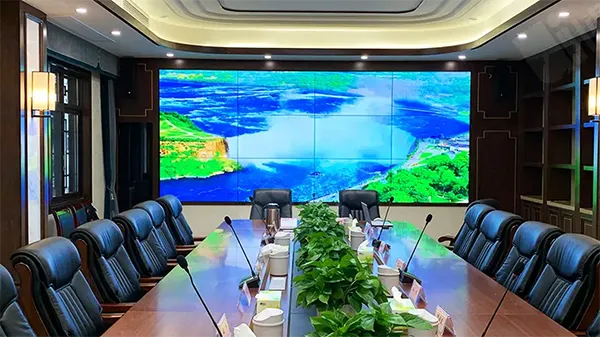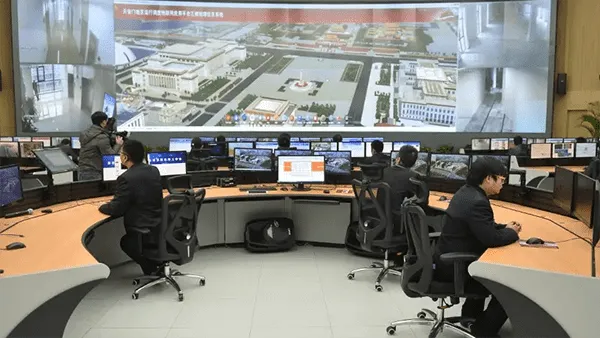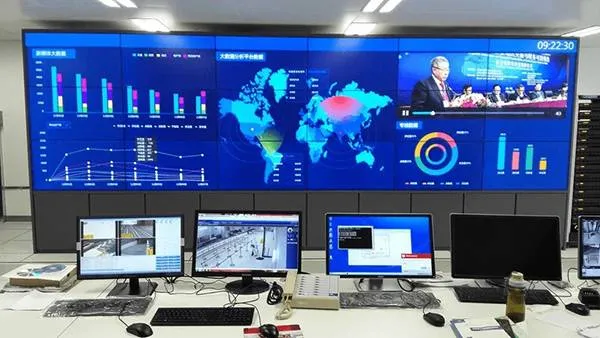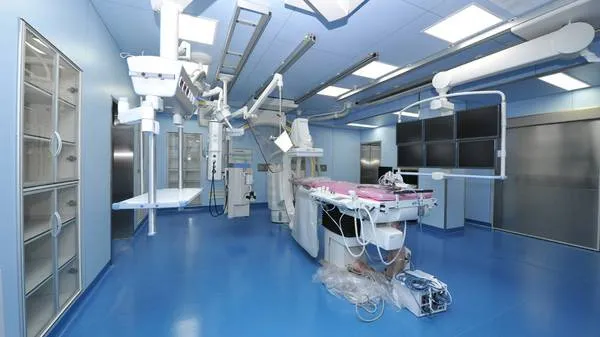5G Deployment
As early as 2018, China’s three major telecommunications providers, China Telecom, China Unicom, and China Mobile, released their long-awaited 5G package plans, followed by the deployment of leading operators in the United States, Japan, South Korea, and Europe.
In 2022, with the global 5G network deployment basically It’s over, global 5G commercial use has arrived!
The arrival of 5G will not only improve the speed of network communication itself, but the emergence of low network latency will also bring about a new round of technology explosion.
For example, in the medical and health fields that are closely related to us, the use of video for remote diagnosis and surgical observation, especially the technology of endoscope + video wall automatic inspection, is developing rapidly.
5G technology promotes the development of the AV industry
●In January 2019, Huawei joined hands with China Unicom Fujian Branch, Mengchao Hepatobiliary Hospital of Fujian Medical University, and Suzhou Kangduo Robotics Co., Ltd. to conduct the world’s first 5G remote surgery animal experiment at the China Unicom Southeast Research Institute in Fujian.
●In June 2019, the world’s first robotic multi-center 5G remote surgery for orthopaedics was completed in Beijing Jishuitan Hospital Robotic Remote Surgery Center.
●In September 2019, the world’s first 5G remote full outpatient service was officially opened between Hainan Hospital of PLA General Hospital and Sansha City People’s Hospital of Hainan Province.
With the speed of 5G networks, medical professionals are also looking for video technology (4K with HDR) that can provide superior image quality and color, and want the actual operation to be as synchronized as possible with what is displayed on the screen.
Therefore, we can clearly find that the 5G era has brought unlimited opportunities to the IP video network field.
One of the most important developments in IP video networking in recent years has been the transmission of high-quality video, up to 4K/60/4:4:4+HD regardless of the number of domains in the video network – near zero latency (low to 1 ms).
This milestone in audio and video transmission is not just a technical victory, it also brings significant benefits to end users in a variety of applications.
To provide this performance, solutions are mostly based on matrices. But in recent years, matrix solutions have become less attractive due to hardware limitations, while switched data networks have become more popular.
The AV Over IP system based on SDVoE (Software Defined Video over Ethernet) platform with near zero latency greatly demonstrates the advantages of this solution.
Being able to provide (near) zero-latency solutions is a major factor in integrators’ sales success. And it’s not just integrators who are very concerned about latency, we’ve also observed some customers who are very concerned about it.
When integrators fail to offer such an option, their customers look elsewhere for (near) zero-latency AV Over IP solutions.
What is AV Over IP in the AV industry
“AV Over IP” is to send uncompressed audio and video information over standard IP media.
A little more complicated is to encode the signal source and transmit the compressed content at a reduced bit rate over the IP medium. But in general, it refers to extending and switching video and audio sources over a standard IP network. This means that the technology has developed to this day, and the input and output signals are all the time and everywhere.
Sources can be “any” and “many,” including desktop PC outputs, video cameras, media players, satellite/cable set-top boxes, and more. Endpoints can also be “any” and “many”, including receiver boxes directly connected to TVs in HuddleRoom or public spaces, video wall controllers in control rooms, media streaming on laptops, or even pure software on mobile devices decoding and display.
In addition to medical scenarios, “” in the following scenarios, the advantages of “zero latency” solutions are also obvious.
Live Performance & Church Applications
For live performances and church applications, AVoverIP can minimize latency to imperceptible levels during events where video walls or projections are used.
It also ensures that viewers who are not watching live will also see, hear and feel the same sense of live viewing as the live audience. At the same time applause or audience reaction in one venue will not disturb the audience in another room.


Museum Applications
He attaches great importance to technology, especially the technical application of video. Because the goal of museum designers is to devise new ways to engage, engage, and immerse audiences.
For an American museum involving dozens of simultaneous sources, 4K displays and audio zones, the design firm chose an IP-based zero-latency network for signal management and distribution after reviewing other options.
Public Safety Applications
More and more end users are demanding high-quality video and zero-latency distribution. Especially in emergency operations and emergency management centers, the government wants the best image quality and fastest distribution of applications.
The ability to clearly and quickly distinguish objects, especially at a technical level such as facial recognition, can be used to identify terrorists, or save valuable time when responding to a crisis.


Command And Control Center Applications
Whether in the industrial field or other deeper fields, there is a need to provide extremely high-resolution, low-latency distributed video, and applications with a certain scale and performance level that can only be provided by IP-based systems.
NASA recently installed such a system at a space flight center to minimize video lag when viewing a space system under test in live 4K video.
Business Administration Applications
In many scenarios, zero-latency audio and video distribution is also of high practical and perceived value. For example, an international foundation recently installed a zero-latency audio and video distribution system to improve the synchronization rate of simultaneous translations when it provides video presentations to multinational boards.
For conference room presentations, a zero-latency video system also eliminates the annoying (and often distracting) delay that often occurs when the cursor on the display is moved while the mouse is being moved.


Casino Applications
Always quick to take advantage of new technologies to improve the customer experience (and the money they spend), is also becoming a big fan of zero latency with AV Over IP.
For example, to display the instant results of machine rolls, spins, and even bingo calls, game centers are increasingly opting for video systems based on IP-based low-latency standards.

